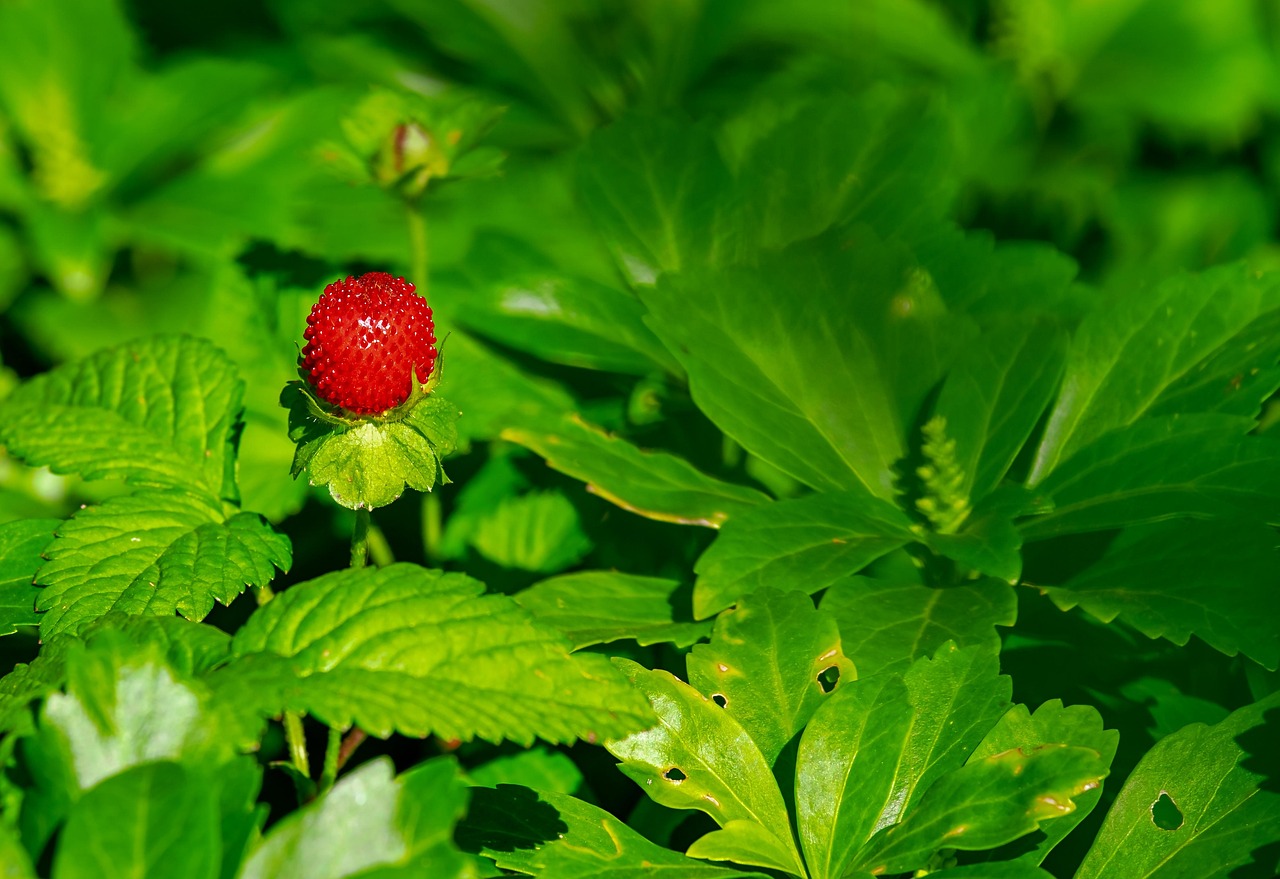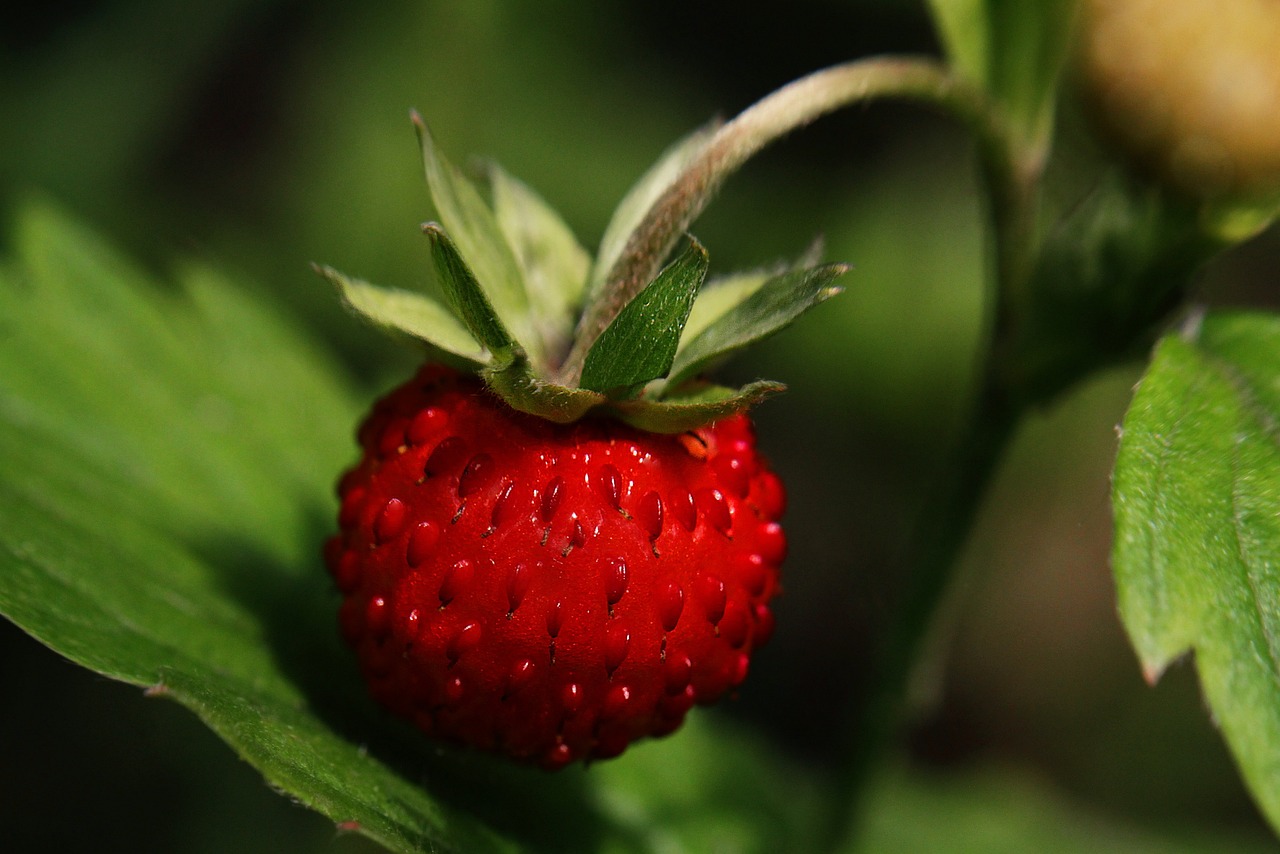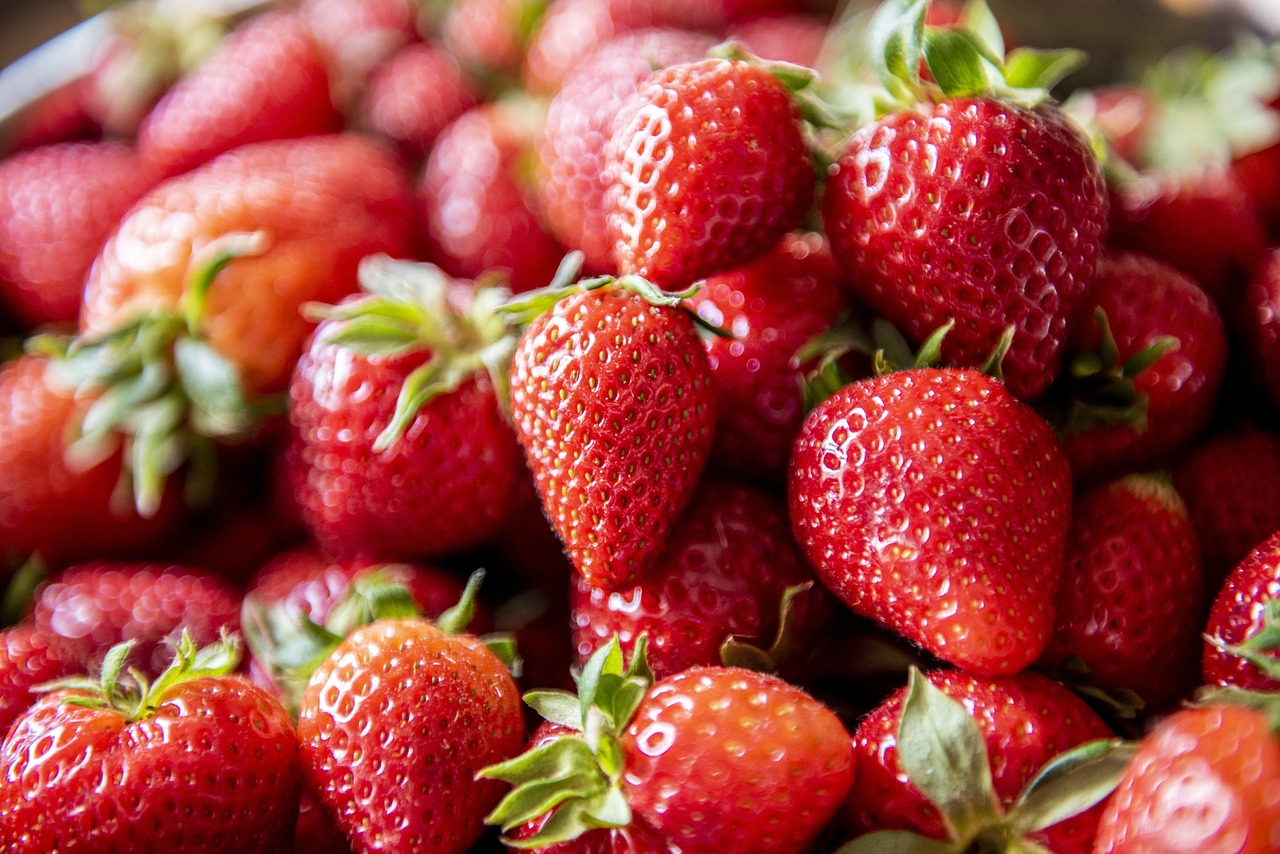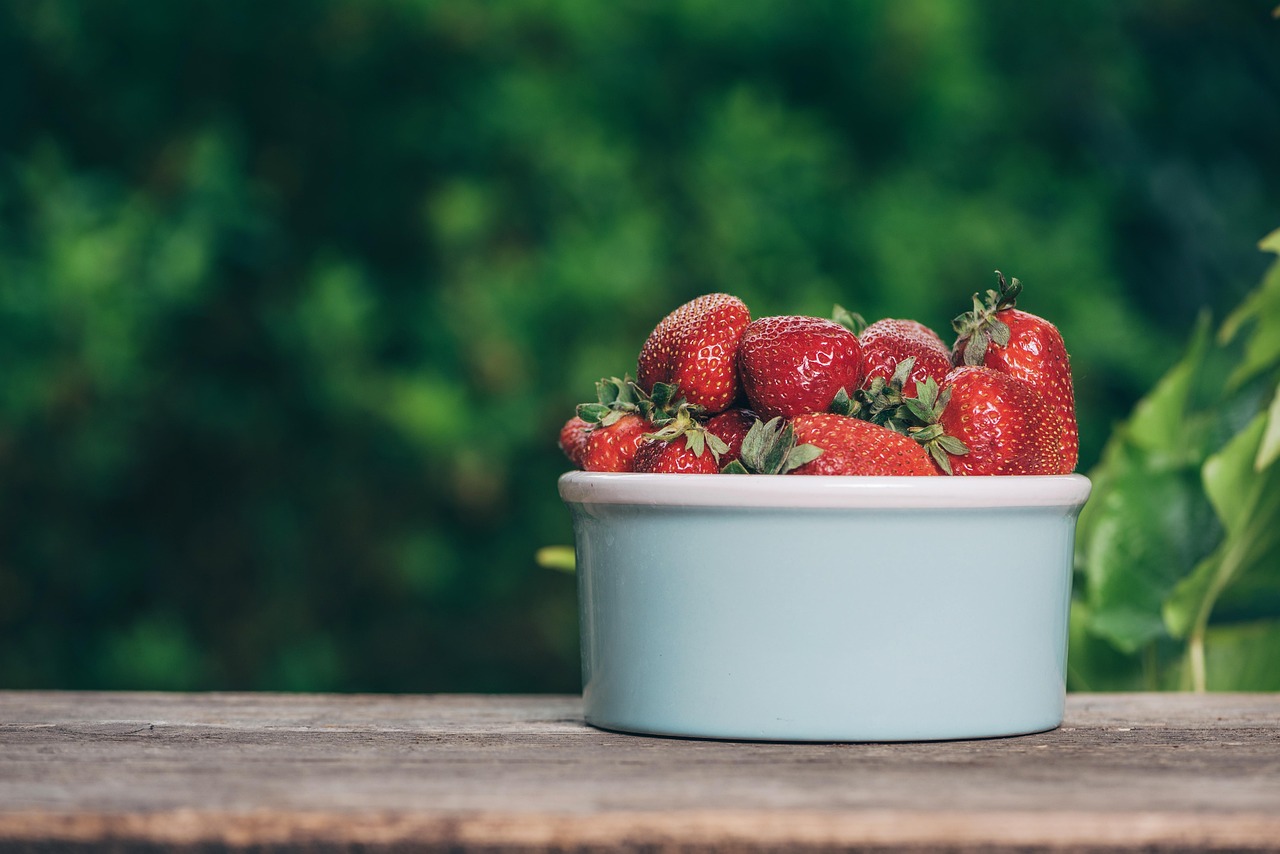Blackening strawberry leaves can indicate several potential issues, including fungal infections, environmental stress, or pest infestations. Identifying the root cause is essential for applying effective remedies, which may involve improving plant care, using fungicides, or addressing pest problems.
Strawberries are a beloved fruit worldwide, celebrated for their sweet flavor and versatility in culinary applications. However, like any plant, strawberries can face various challenges during their growth cycle. One common issue that gardeners encounter is the blackening of strawberry leaves. This phenomenon can be alarming, as it often suggests that the plant is under stress or suffering from a disease.
Understanding the reasons behind blackening leaves is crucial for maintaining healthy strawberry plants. Various factors contribute to this problem, ranging from environmental conditions to pest infestations. By being aware of these issues, gardeners can take proactive steps to protect their strawberry crops and ensure a bountiful harvest.
Common Causes of Blackening Strawberry Leaves

Several factors can cause the leaves of strawberry plants to turn black. Below are some of the most common causes:
- Fungal Infections: Fungi such as Botrytis cinerea, commonly known as gray mold, can cause leaves to blacken and eventually die.
- Pest Infestations: Insects like aphids and spider mites can weaken plants, leading to leaf discoloration.
- Environmental Stress: Conditions including excessive moisture, poor drainage, or extreme temperatures can stress plants and cause leaf damage.
- Nutrient Deficiencies: Lack of essential nutrients like nitrogen or potassium can result in unhealthy foliage.
Each of these issues requires different approaches for identification and resolution. Early diagnosis is key to preventing further damage and ensuring that your strawberry plants thrive.
Identifying Fungal Infections
Fungal diseases are one of the leading causes of blackening leaves in strawberry plants. Symptoms may include dark spots on the leaves that can expand and turn the entire leaf black. The following table outlines some common fungal diseases associated with strawberries:
| Disease | Symptoms | Control Measures |
|---|---|---|
| Botrytis Blight | Gray mold on leaves and fruit; leaf blackening | Improve air circulation; apply fungicides |
| Powdery Mildew | White powdery spots; leaf curling and blackening | Ensure proper spacing; use sulfur-based fungicides |
| Leaf Spot | Dark brown or black spots on leaves; premature leaf drop | Remove infected leaves; apply appropriate fungicides |
Identifying the type of fungal infection is essential for selecting the correct treatment method. Regular inspections of your strawberry plants will help you catch these issues early.
Pest Identification and Management
Pests can also play a significant role in the blackening of strawberry leaves. Aphids and spider mites are particularly notorious for damaging foliage. Signs of infestation may include visible insects on the leaves or webbing in the case of spider mites. It is crucial to monitor your plants regularly for these pests.
If you suspect a pest problem, consider using insecticidal soap or neem oil as a natural remedy. Additionally, introducing beneficial insects like ladybugs can help control aphid populations effectively.
Environmental Factors Affecting Strawberry Leaves
In addition to pests and fungal infections, environmental factors play a crucial role in the health of strawberry plants. Understanding how these conditions impact the leaves can help gardeners mitigate potential problems. Below are some key environmental factors that can lead to blackening leaves.
Excess Moisture and Poor Drainage
Strawberries require well-drained soil to thrive. When the soil retains too much moisture, it can lead to root rot and other fungal diseases. This excessive moisture can cause leaves to turn black and die. Here are some signs of poor drainage:
- Water pooling around the base of the plants.
- Slow growth or stunted plants.
- Leaves appearing yellow before turning black.
To improve drainage, consider the following measures:
- Raised Beds: Planting strawberries in raised beds can help excess water drain away from the roots.
- Aerate the Soil: Use a garden fork to aerate compacted soil, allowing better water movement.
- Mulching: Apply organic mulch to maintain soil moisture without over-saturation.
Temperature Extremes
Strawberry plants prefer moderate temperatures. Extreme heat or cold can stress the plants and lead to blackening leaves. Here are some temperature-related issues:
- Heat Stress: High temperatures can cause leaves to scorch, leading to blackened edges or entire leaves.
- Frost Damage: Late spring frosts can damage new growth, causing leaves to blacken.
To protect strawberries from temperature extremes, consider these tips:
- Shade Cloth: Use shade cloth during extreme heat to protect plants from direct sunlight.
- Row Covers: Apply row covers during unexpected cold spells to shield plants from frost.
Nutrient Deficiencies and Soil Health
Nutrient deficiencies can also contribute to the blackening of strawberry leaves. Essential nutrients play a vital role in the overall health and vigor of the plant. Below are some key nutrients and their associated symptoms:
| Nutrient | Symptoms of Deficiency | Sources |
|---|---|---|
| Nitrogen | Pale green leaves; poor growth | Compost; nitrogen-rich fertilizers |
| Potassium | Leaf edges turning black; weak stems | Banana peels; potassium sulfate |
| Magnesium | Interveinal chlorosis; leaf curling | Epsom salt; dolomitic lime |
To ensure your strawberry plants receive adequate nutrients, regular soil testing is recommended. This practice can help identify deficiencies and guide fertilization strategies.

Maintaining Soil Health
Healthy soil contributes significantly to plant health. Here are some practices to maintain soil quality:
- Regular Testing: Test your soil annually to monitor pH and nutrient levels.
- Organic Matter: Add organic matter such as compost or well-rotted manure to enhance soil fertility.
- Crop Rotation: Rotate strawberry crops with other plants to reduce disease buildup in the soil.
A healthy root system is essential for nutrient uptake and overall plant resilience. By addressing soil health, gardeners can help prevent leaf blackening due to nutrient deficiencies.
Preventive Measures for Healthy Strawberry Plants

Preventing blackening leaves in strawberry plants is essential for maintaining their health and productivity. By adopting specific practices, gardeners can minimize the risks associated with diseases, pests, and environmental stressors. Below are some effective preventive strategies.
Proper Watering Techniques
Water management is crucial for strawberry health. Overwatering can lead to root rot, while underwatering can stress the plants. Here are some tips for proper watering:
- Drip Irrigation: Utilize drip irrigation systems to provide consistent moisture directly to the roots, minimizing water on the leaves.
- Frequency: Water deeply but infrequently. This encourages deep root growth and helps prevent shallow roots that are more susceptible to stress.
- Morning Watering: Water in the morning to allow foliage to dry during the day, reducing the risk of fungal infections.
By following these watering techniques, gardeners can create an optimal environment for strawberry plants, reducing the likelihood of blackening leaves.
Sunlight and Temperature Management
Strawberries thrive in full sunlight but can suffer from heat stress. To ensure plants receive adequate light while protecting them from extreme temperatures, consider the following:
- Optimal Location: Plant strawberries in a location that receives at least 6-8 hours of sunlight daily but also has some afternoon shade during peak summer heat.
- Row Orientation: Arrange rows north to south to maximize sunlight exposure throughout the day.
- Shade Structures: Use shade cloths or garden structures to protect plants during severe heat waves.
By managing sunlight exposure and temperature, gardeners can promote healthy growth and prevent leaf damage.
Regular Monitoring and Maintenance
Regular monitoring of strawberry plants is essential for early detection of issues. By observing your plants closely, you can catch problems before they escalate. Here are some maintenance tips:
Pest Monitoring
Check your strawberry plants frequently for signs of pest activity. Some effective monitoring techniques include:
- Visual Inspections: Regularly examine leaves and stems for visible pests or damage.
- Sticky Traps: Use yellow sticky traps to catch flying pests like aphids and whiteflies.
- Plant Health Indicators: Monitor overall plant health, including growth patterns and leaf color changes.
Disease Surveillance
Fungal and bacterial diseases can spread quickly. To minimize their impact, consider these strategies:
- Cultural Practices: Implement crop rotation and proper spacing to improve air circulation around plants.
- Disease-Resistant Varieties: Choose strawberry varieties known for their resistance to common diseases.
- Immediate Removal: Promptly remove any diseased or damaged plants to prevent the spread of pathogens.
Using Organic Remedies
If you encounter problems with pests or diseases, consider using organic remedies before resorting to chemical treatments. These can be effective and environmentally friendly options. Here are some popular organic solutions:
- Neem Oil: An effective insect repellent that disrupts the life cycle of pests while being safe for beneficial insects.
- Baking Soda Spray: A mixture of baking soda and water can help prevent fungal diseases when applied as a foliar spray.
- Garlic Spray: Homemade garlic spray can deter various pests due to its strong odor and natural properties.
By using these organic remedies, gardeners can maintain healthier strawberry plants while reducing their environmental impact.
Integrating Companion Planting

Companion planting is another effective strategy to promote healthy strawberry growth and prevent issues like leaf blackening. Certain plants can enhance the health of strawberries by repelling pests or improving soil quality. Here are some beneficial companion plants:
- Basil: This herb can repel pests like aphids and spider mites while providing a lovely aroma.
- Marigolds: Known for their pest-repelling properties, marigolds can deter nematodes and other harmful insects.
- Garlic: Planting garlic near strawberries can help ward off pests due to its strong scent.
By integrating these companion plants into your gardening layout, you can create a more resilient ecosystem that supports the health of your strawberry plants.
Implementing Good Harvesting Practices
Harvesting strawberries at the right time is also essential for maintaining plant health and fruit quality. Overripe or damaged fruit can attract pests and diseases, leading to leaf blackening. Here are some harvesting tips:
- Timing: Harvest strawberries when they are fully red and ripe. This ensures the best flavor and prevents overripening on the plant.
- Gentle Handling: Handle the fruit carefully to avoid bruising, which can lead to fungal infections.
- Regular Picking: Regularly pick ripe strawberries to encourage further fruit production and reduce the risk of attracting pests.
Proper harvesting practices not only contribute to the quality of your strawberries but also help maintain the overall health of your plants.
Final Thoughts
Maintaining healthy strawberry plants requires a comprehensive approach that addresses various factors contributing to blackening leaves. By understanding the causes—such as fungal infections, pest infestations, environmental conditions, and nutrient deficiencies—gardeners can implement targeted strategies to combat these issues effectively.
Incorporating practices such as proper watering techniques, regular monitoring, the use of organic remedies, and companion planting can create an environment where strawberries thrive. The integration of good harvesting practices further ensures that plants remain healthy throughout their growing season.
Ultimately, by being proactive and attentive to the needs of strawberry plants, gardeners can enjoy vibrant green leaves and abundant fruit. A healthy strawberry plant not only produces delicious berries but also enhances the beauty of any garden. Embracing these methods will lead to a fruitful harvest and a satisfying gardening experience.
